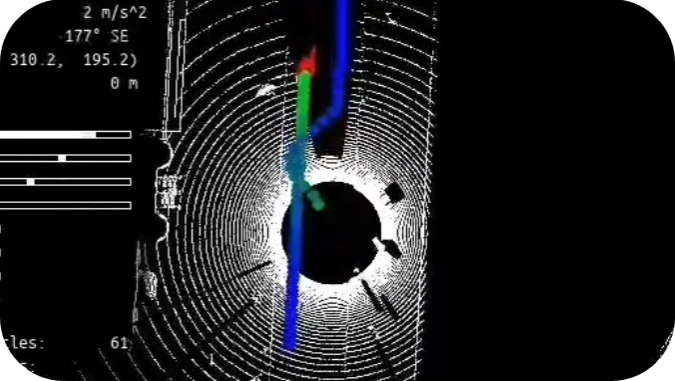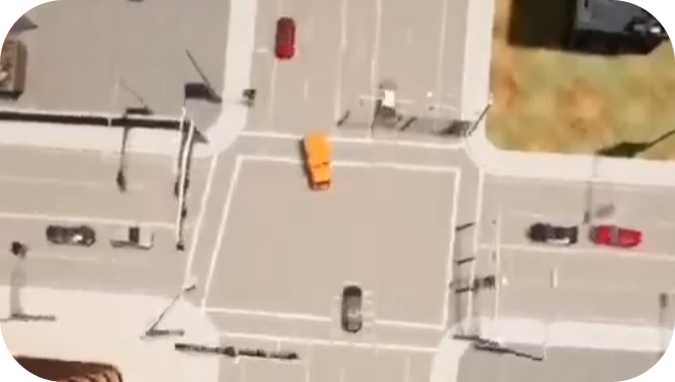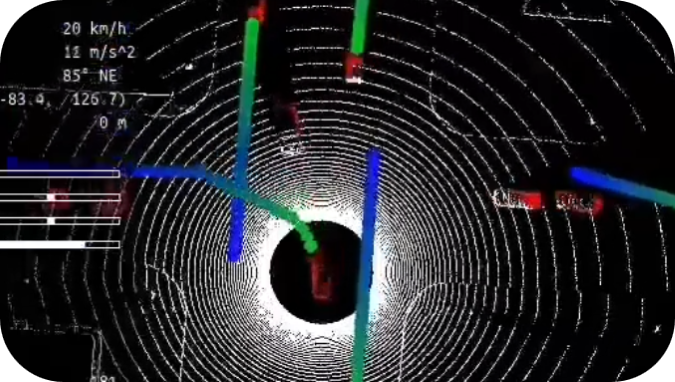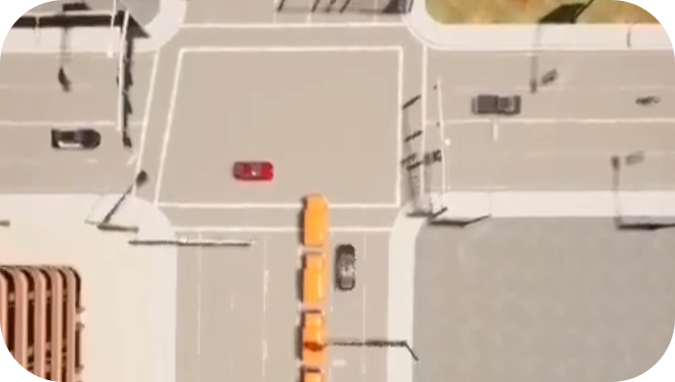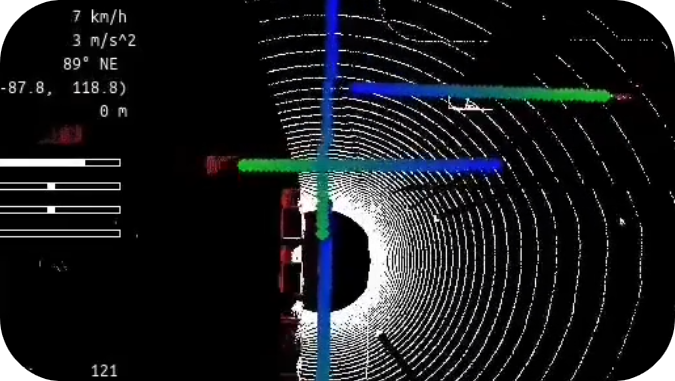AutoCast: Scalable Infrastructure-less Cooperative Perception for Distributed Collaborative Driving
Hang Qiu
Pohan Huang
Namo Asavisanu
Xiaochen Liu
Konstantinos Psounis
Ramesh Govindan
University of Southern California
Paper | Code | Demo | Bibtex

|
AutoCast Overview
Evaluation Scenarios

|
Qualitative Results
Citation
|

